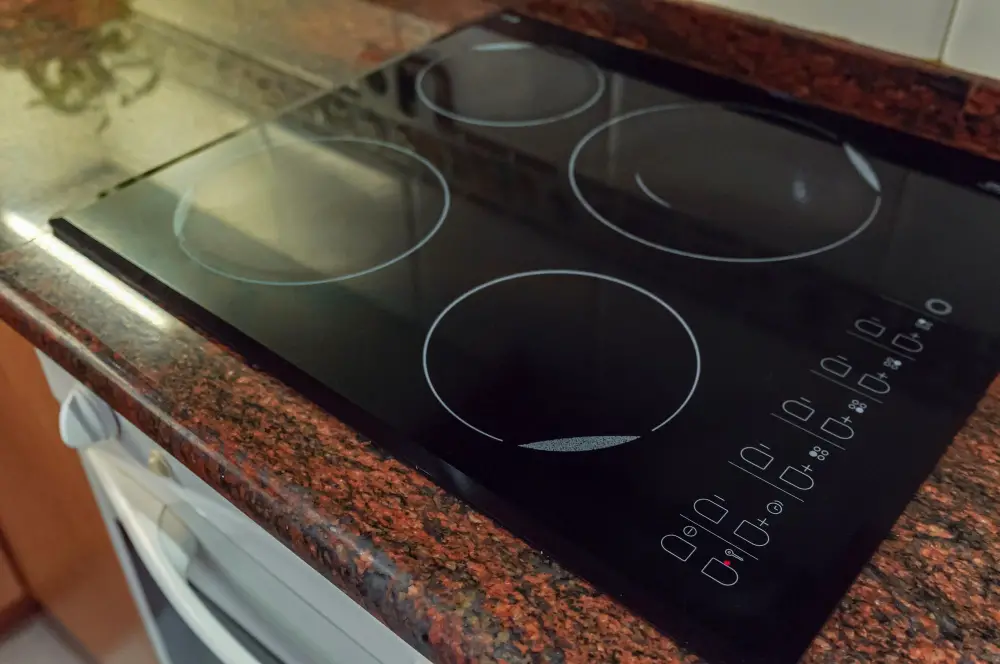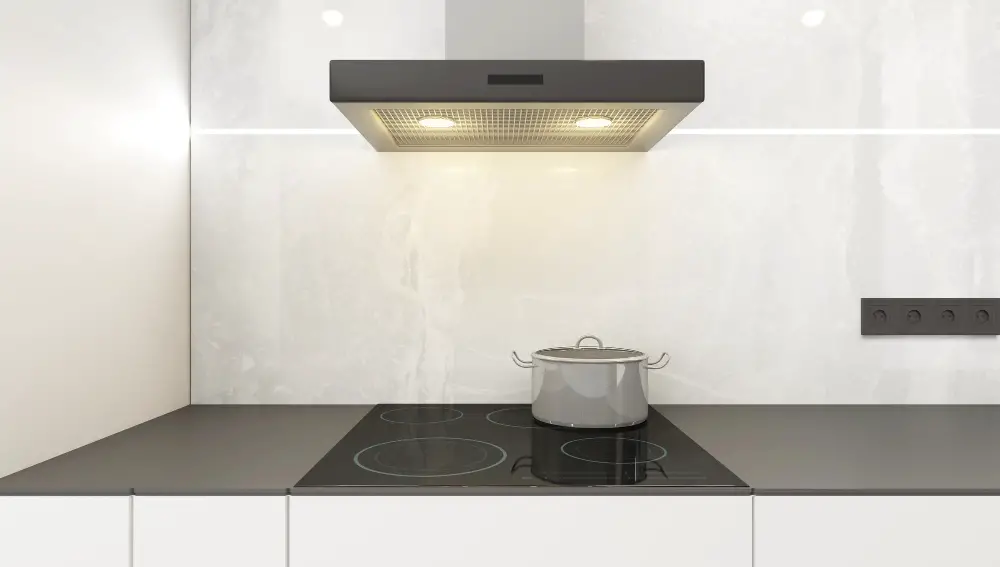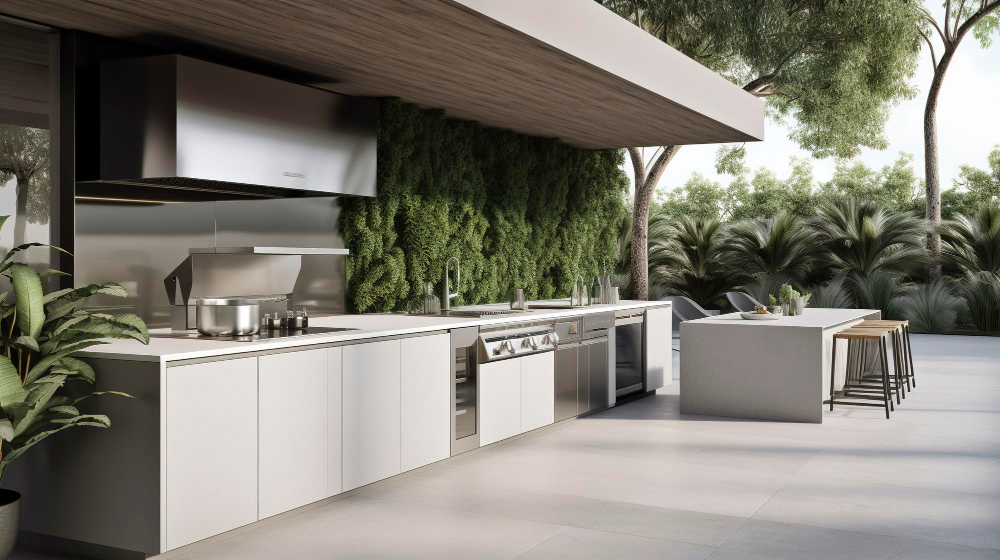Last updated on
Discover the pros and cons of kitchen island cooktops versus wall cooktops. Here are unique features, benefits, and considerations for your dream culinary space.
When it comes to designing a kitchen, one of the most important decisions is choosing the right cooktop. With so many options available, it can be overwhelming to decide between a kitchen island cooktop and a wall-mounted cooktop.
Both have their advantages and disadvantages, and ultimately the choice depends on your personal preferences and cooking style. In this article, we’ll take a closer look at these two popular choices and help you make an informed decision for your kitchen design.
So grab your apron and let’s get cooking!
Key takeaways:
- Kitchen island cooktops provide open and spacious feel for entertaining.
- Wall cooktops are less expensive and offer more ventilation options.
- Island cooktops offer more counter space and design flexibility.
- Wall cooktops can limit storage options and require overhead ventilation.
- Cooking experience and accessibility differ between the two options.
What's Inside
Kitchen Island Cooktop Pros
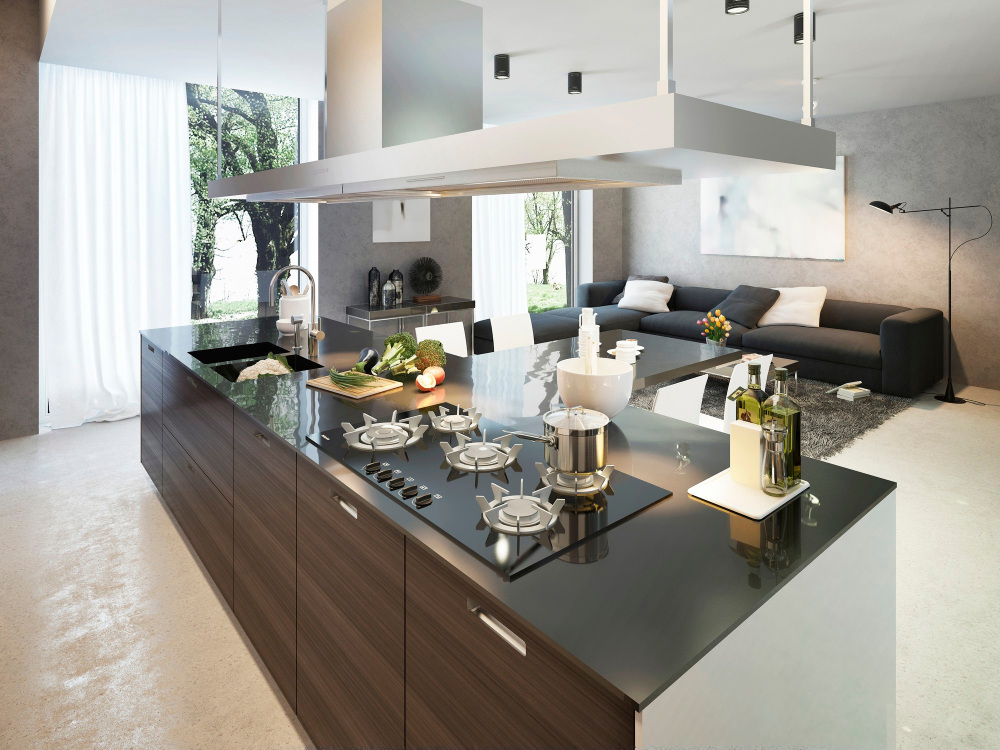
One of the biggest advantages of a kitchen island cooktop is that it provides an open and spacious feel to your kitchen. It allows you to interact with guests or family members while cooking, making it perfect for entertaining.
Having a cooktop on the island means that you can easily access all sides of the stove without any obstructions.
Another benefit is that it offers more counter space for food preparation and serving. You can use the surrounding area as additional workspace or even as a dining table if needed.
Furthermore, installing an island cooktop also gives you more flexibility in terms of design options since there are no walls restricting placement choices. This means that you have greater freedom when designing your dream culinary space.
Wall Cooktop Advantages

Wall cooktops are typically less expensive than kitchen island models, and they can be installed in any part of your kitchen where there’s enough space. They also offer more flexibility when it comes to ventilation options since they can easily connect with an overhead hood or downdraft system.
Another advantage of wall-mounted cooktops is that they provide better accessibility while cooking as compared to island models. With a wall-mounted unit, everything from pots and pans to utensils will always be within arm’s reach without having to move around too much.
Lastly, if you have limited space in your kitchen but still want all the benefits of a high-quality stove-top range, then choosing a wall-mount model may help maximize your available area by freeing up counter space below it which could otherwise have been occupied by an island installation.
Island Cooktop Cons
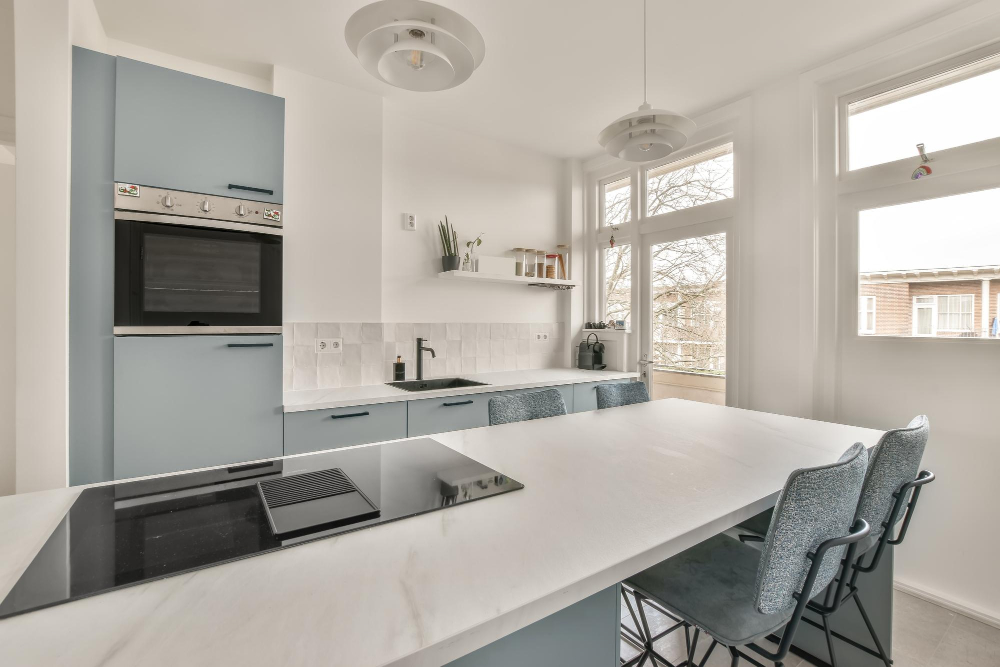
One of the main concerns is that an island cooktop takes up valuable counter space that could be used for food preparation or serving. This can be especially problematic in smaller kitchens where every inch counts.
Another potential issue with an island cooktop is the need for proper ventilation. Since there are no walls nearby to install a hood vent, you’ll need to invest in a high-quality downdraft system or ceiling-mounted range hood to ensure adequate air circulation and prevent smoke and odors from lingering in your home.
If you’re planning on installing plumbing fixtures like sinks or dishwashers on your kitchen island as well, it’s important to factor in additional costs for plumbing and electrical work during installation.
Wall Cooktop Drawbacks
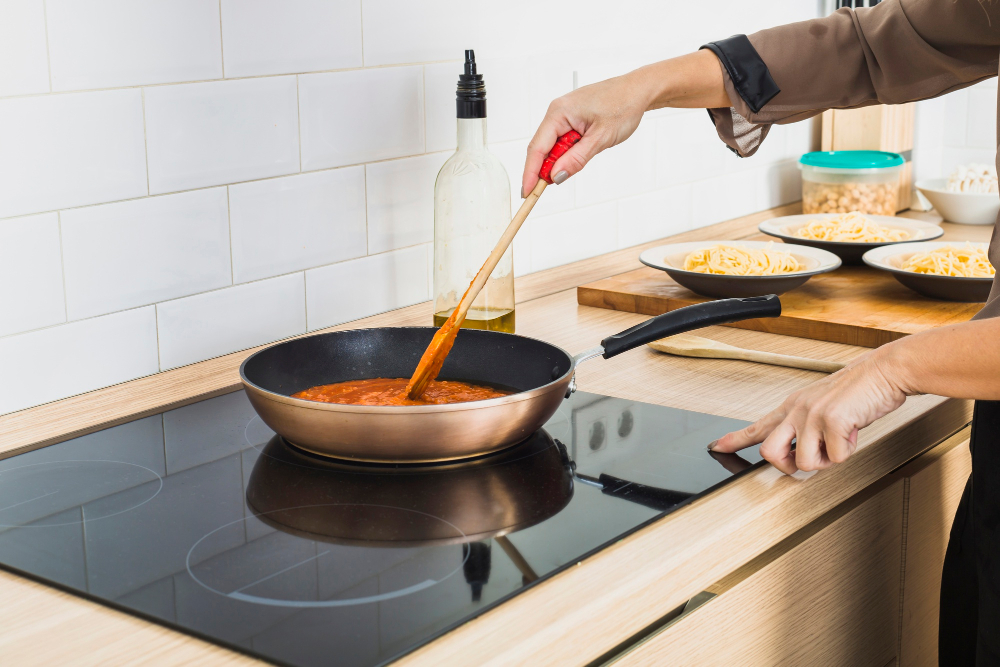
One of the main disadvantages is that they take up valuable cabinet space and can limit your storage options in the kitchen. Wall-mounted cooktops require more ventilation than island cooktops since there are no walls to trap smoke or fumes.
This means you’ll need to install a range hood or other ventilation system above your stove, which can be costly and time-consuming.
Another potential drawback of wall-mounted cooktops is accessibility. If you’re shorter in height or have mobility issues, reaching over a hot stove on the wall may not be comfortable for extended periods of cooking time compared to an island setup where all sides are accessible.
Lastly, if you enjoy entertaining guests while cooking meals in your kitchen but prefer privacy when it comes to food preparation messes; then having an open-concept design with a visible stovetop might not work well for hosting events as it could make things feel cluttered and unorganized.
Space Utilization Comparison

A kitchen island with a built-in cooktop can serve as the centerpiece of your culinary space, providing ample room for food preparation and cooking while also allowing you to interact with guests or family members seated at the counter.
On the other hand, a wall-mounted cooktop can be an excellent choice if you’re working with limited square footage in your kitchen since it doesn’t take up any floor space.
However, keep in mind that installing a range hood above your wall-mounted cooktop will require additional overhead clearance. This means that if you have low ceilings or cabinets situated directly above where you plan to install your stove-top on the wall may not be feasible.
Ventilation Differences
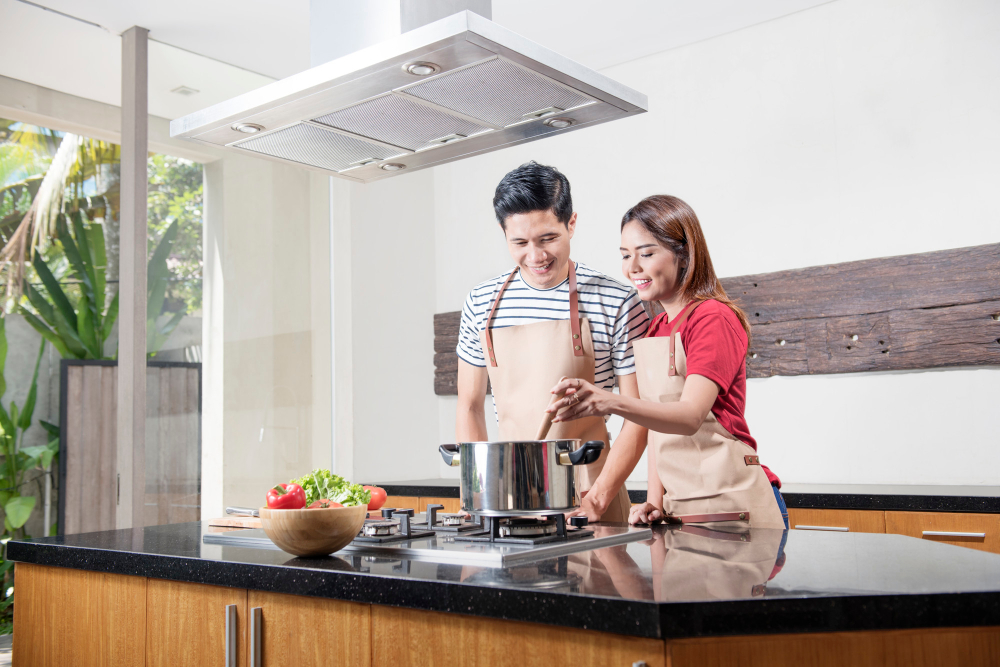
Kitchen islands are often located in the center of the room, making it more challenging to install proper ventilation. Island hoods need to be installed overhead, which can obstruct sightlines and create an unappealing visual distraction from your beautiful kitchen design.
On the other hand, wall-mounted cooktops have an advantage as they can easily be paired with range hoods that vent outside through ductwork or recirculate air back into your home after filtering out smoke and odors. This means you’ll have better control over cooking smells and fumes while keeping your indoor air quality fresh.
Installation Costs and Time

However, the cost of installing a kitchen island cooktop is generally higher than that of a wall-mounted one. This is because an island requires additional electrical wiring, gas lines (if applicable), ventilation systems, and structural support for the weight of the appliance.
Installing an island cooktop can take longer due to its location in the center of your kitchen space. The installer will need to work around other elements such as plumbing or cabinetry that may already be in place.
On the other hand, wall-mounted cooktops are easier and quicker to install since they only require mounting on a flat surface with access to electricity or gas lines if needed.
Cooking Experience & Accessibility

Kitchen islands are perfect for those who love to entertain guests while cooking. With a kitchen island cooktop, you can easily interact with your guests while preparing meals without having your back turned towards them.
On the other hand, wall-mounted cooktops provide better accessibility as they are usually installed at an optimal height that is comfortable for most people. This makes it easier to monitor food as it cooks and reduces the risk of spills or accidents.
Ultimately, choosing between a kitchen island or wall-mounted cooktop depends on how you prefer to use your space when cooking. If you enjoy socializing with friends and family while whipping up delicious dishes in the kitchen, then a kitchen island may be ideal for you.
However if ease of access is more important than entertaining guests during meal prep time then go ahead with installing a wall mounted one instead!
Continue reading:
